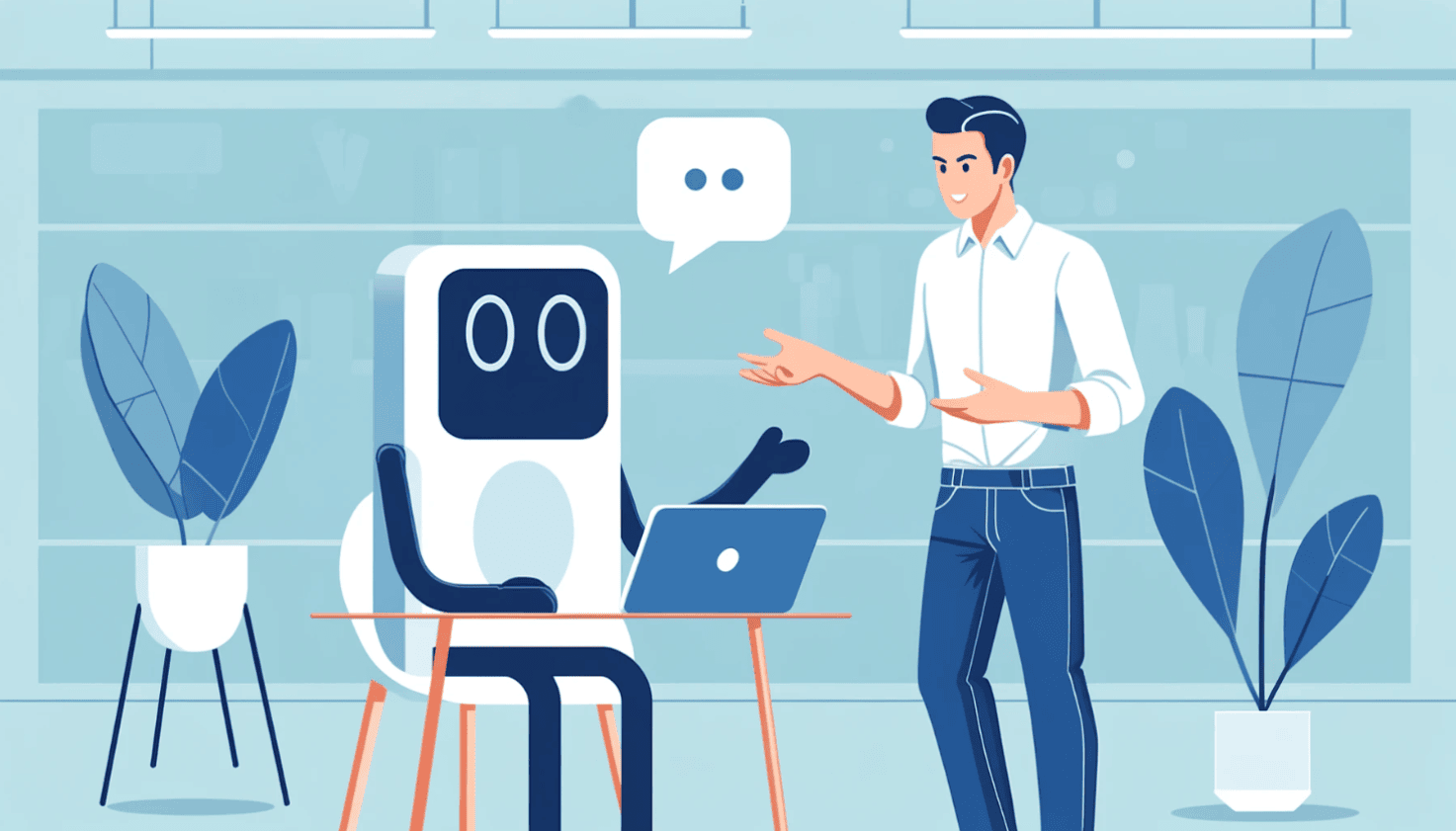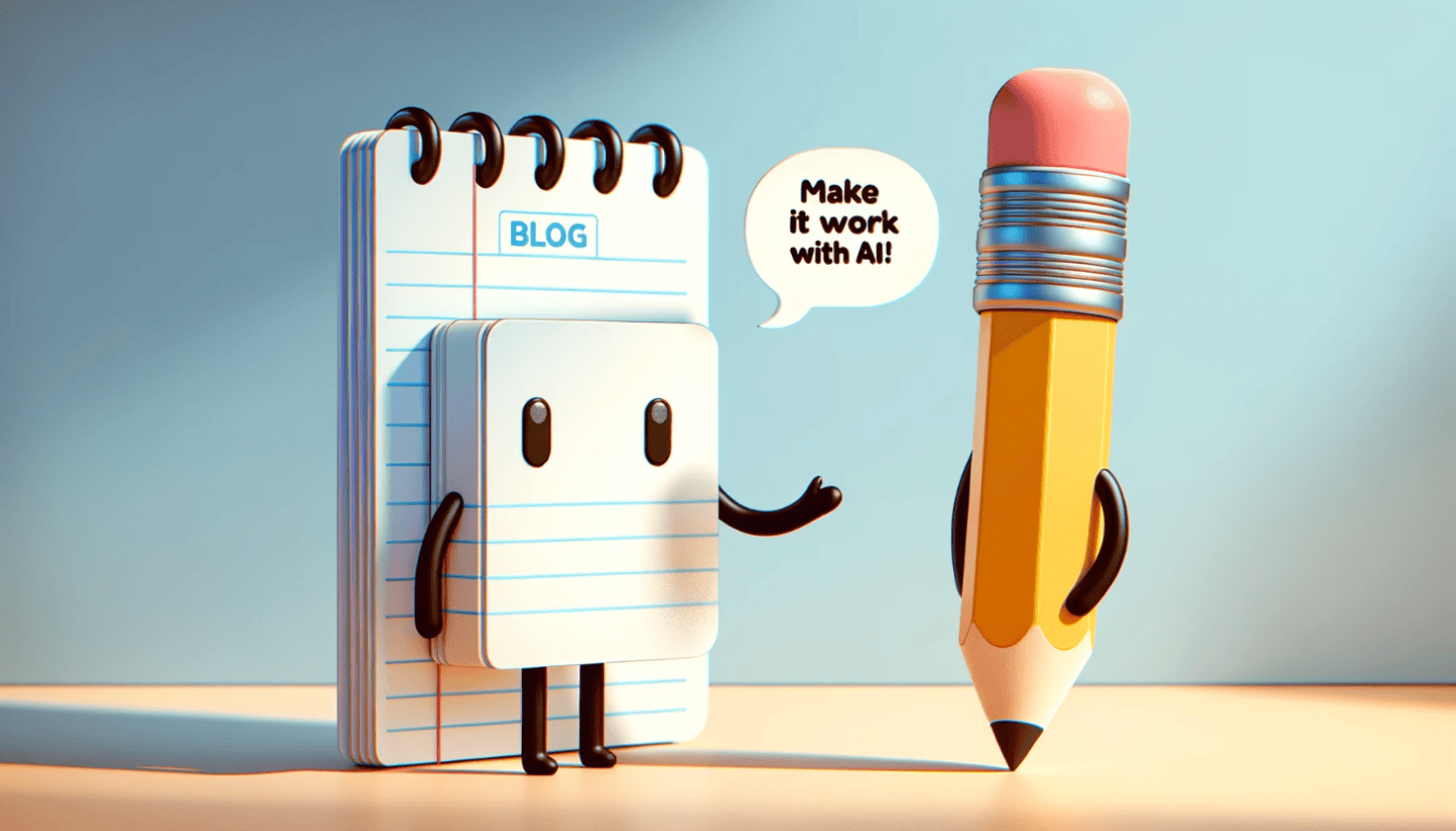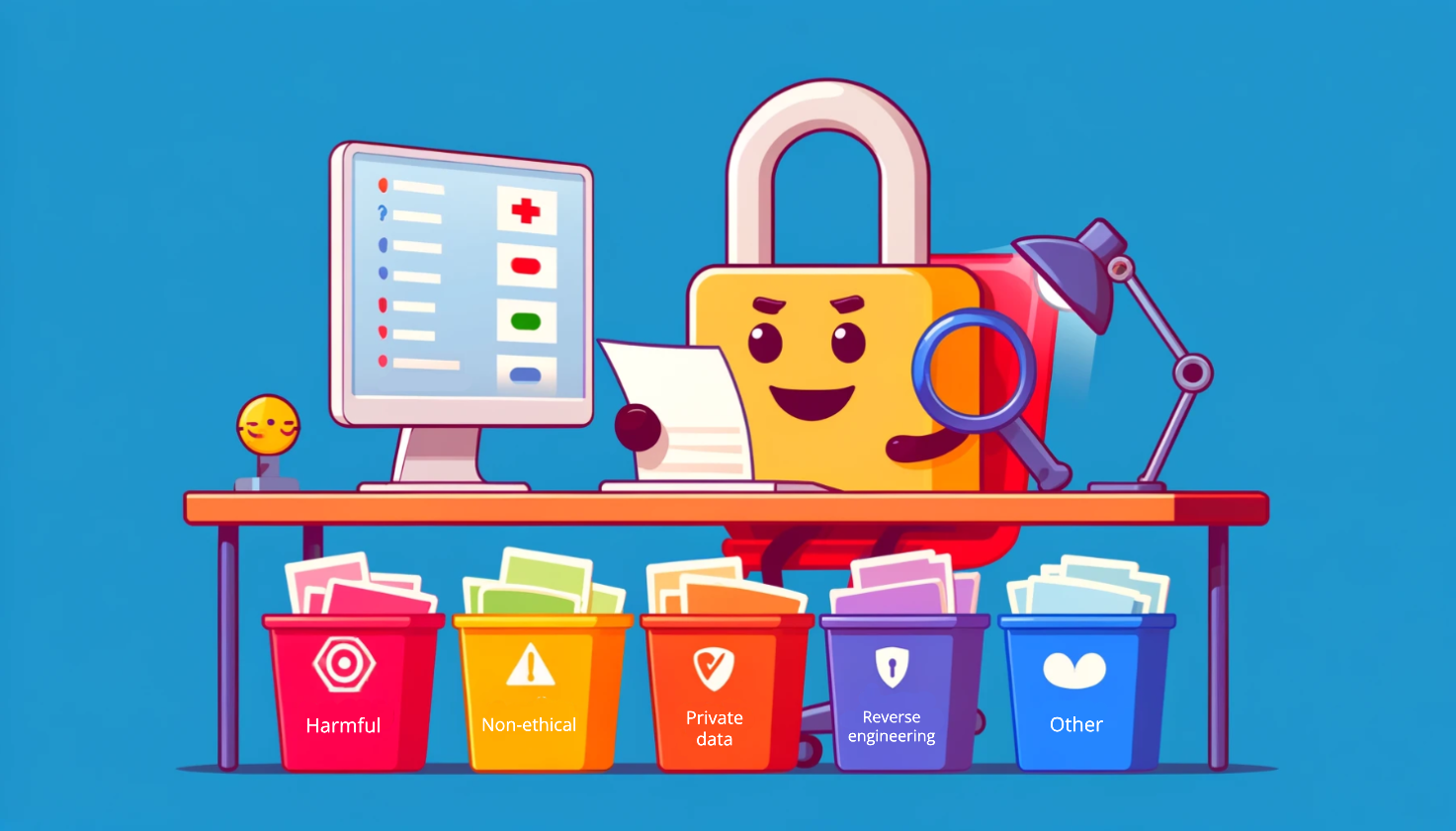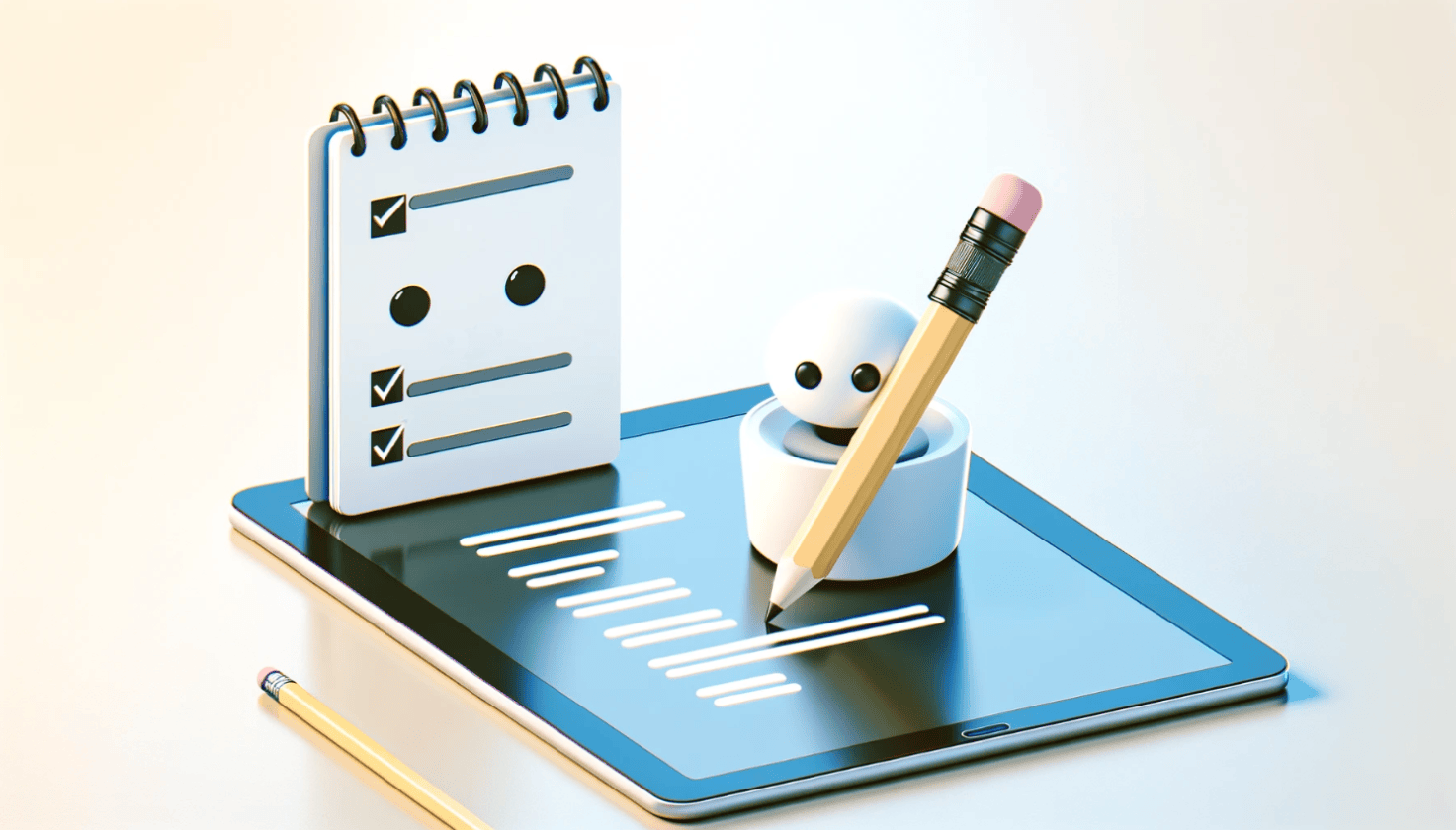The intern relationship, me and the AI
In the last 10 years, AI technology has boomed. It has become more and more accessible and many people now use it in their daily life. Have you ever wondered why people can achieve greatness using it, but others seem to struggle to come up with something good?
 Credits: DALL-E
Credits: DALL-E
As with any other tool, even the greatest ones can be useless if not handled properly. The same applies to AI technology. Handle them with care and the sky's the limit. On the other hand, if mishandled, something unexpected might come out. Strangely, if you treat artificial intelligence as a tool, like you would with any other computer software, you'll probably end up disappointed. Why? The answer resides in its design. AI models have been built to mimic human brains, thus reasoning similarly to a human being. If treated like a simple tool, you might not get what you expect. Imagine talking to your colleagues the same way you would with instructions to a computer. You'll probably get funny reactions.
Before we move on, let me tell you this simple, but very useful, piece of advice:
Treat the AI like you would treat an intern under your supervision.
At first glance, it sounds funny right? Why would I treat a tool from my computer the same way I treat a human being? The reason is simple, because an AI is designed to reason like a human being. If you approach each interaction the same way as you would when you need your intern to do something, the AI model will get more context and information out of your statement which in turn will help generate a better answer.
Let's take this situation as a practical example. You ask a conversational AI model (such as ChatGPT, Claude, Llama, etc.), to list for you the best and worst movies of last year because you're doing a research paper on how movies are received by the public versus the time of the year they were released. If you treat it like a robot and ask
Give me the 10 best and 10 worst movies of last year
You might not find the information as useful as it could be. The AI model will probably list for you the best and the worst without anything else. If you're lucky, you might get a small summary for each movie as well.
Let's turn the situation over and switch the AI model with an intern, tasked to get you the data for your research. You would probably say something like this:
I need you to get me the list of 10 best and 10 worst movies that came out last year. I need them for my research paper on how the movies were received by the public based on the time of the year they were released.
Said like this, it's way more clear not only about what has to be done but also why it needs to be done. If we send that exact same statement to an AI model, results would probably be more useful as there is a high chance the time of the year will be taken into account along with a reason why it was liked/disliked in order to help you with your research paper.
By not only explaining the what but also the why and maybe the how, the AI model will get a lot more information about the current context increasing the chances of having better results. Be careful though as putting too much information, especially about restrictions on how the AI should accomplish its task, can create holes in the process which might lead to unwanted results. Make sure you clearly state what's in your mind without being overly restrictive.
Closing thoughts
Anyone who has worked with computer software for many years may find this approach unintuitive. We are used to telling computers what we want by sending a list of robotic-like instructions to be run on every task. Instead, being able to communicate your thoughts into comprehensible words is not an easy task but it's something that can be developed with practice. If done properly, the incredible processing power of AI technology can be harnessed at the tip of your fingers.
Possibilities are endless but remember, creativity is the key.
Disclaimer: No AI models were used in the writing of this article. The text content was purely written by hand by its author. Human generated content still has its place in the world and must continue to live on. Only the image was generated using an AI model.





